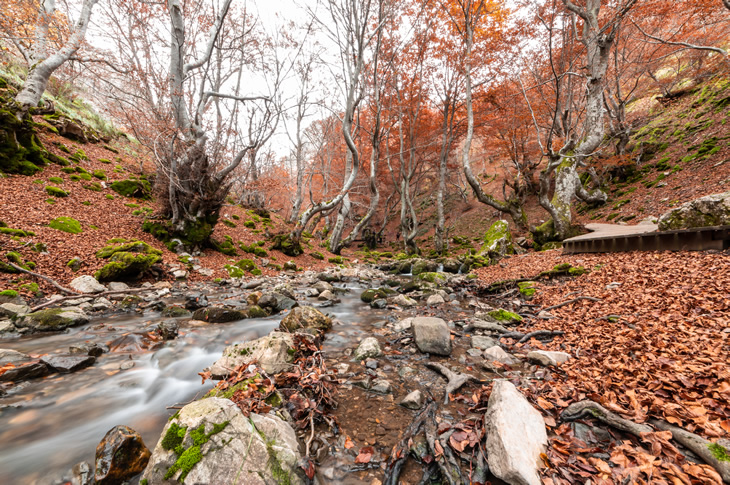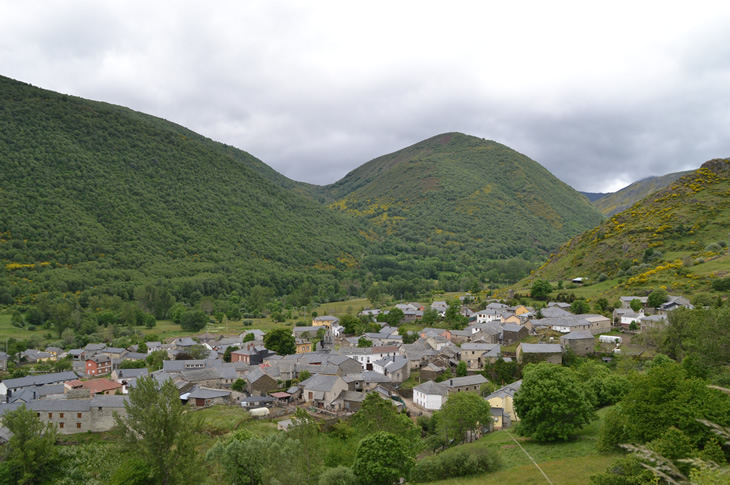Routes to recharge body and soul in the Leonese Mountains
Hiking itineraries through five biosphere reserves in the Leonese Cantabrian Mountains
In northern Castilla y León, the mountains present a diverse tapestry of hiking trails that wind through five Biosphere Reserves, celebrated for their outstanding natural beauty and scenic landscapes. Amid caves, gorges, birch groves and historic sites, these trails invite you to explore territories with a unique identity, where geological, ethnographic and forest heritage intertwines with pastoral traditions and mountain villages, offering an experience focused on slow travel and genuine connections with largely untouched rural areas. Los Argüellos: situated at the sources of the Torío and Curueño rivers, this area features remarkable geological formations such as the Vegacervera Gorges and the Valporquero Cave, renowned for their spectacular stalactites and stalagmites. In the Curueño Valley, the Llamazares Cave offers an accessible route. Don't miss the trail from Matallana de Torío to Vegacervera, crossing limestone massifs and connecting scenic mountain passes. Alto Bernesga: located in the municipalities of La Pola de Gordón and Villamanín, this area blends rugged mountain scenery with a rich mining heritage. Amidst beech and holm oak forests, the Pico Fontañán trail is notable for its Civil War remnants, alongside the Faedo de Ciñera, a magnificent forest of ancient beeches. Other highlights include the Villar Gorges and the Collegiate Church of Santa María de Arbas del Puerto, a gem of rural Romanesque architecture in León.

Babia: spanning Cabrillanes and San Emiliano, this area is renowned for its peaks, pastures and the Ubiña massif. Its heritage features the Historic-Artistic Site of Riolago de Babia, boasting palaces and houses adorned with coats of arms. This land is steeped in transhumance traditions and legends, including that of Babieca, the horse of El Cid. Omaña and Luna: this region links Atlantic and Mediterranean landscapes via the rivers from which it takes its name. The route from La Magdalena to Las Omañas stands out, which passes through traditional valleys such as Riello, and the path through the birch forests of Murias de Paredes. In Luna Valley, the route to Riolago de Babia reveals the juniper forest of Mirantes de Luna, the westernmost of its kind in Europe.

Laciana: located to the west of the Cantabrian Mountains, this area blends mountainous terrain, a mining heritage and farming traditions. The route from Villablino to La Cuneta captures the essence of the area, featuring stops like the Capercaillie Interpretation Centre in Caboalles de Arriba and traditional mountain pastures known as brañas. In Sosas de Laciana, a historic hydraulic dairy used for butter production has been preserved.

